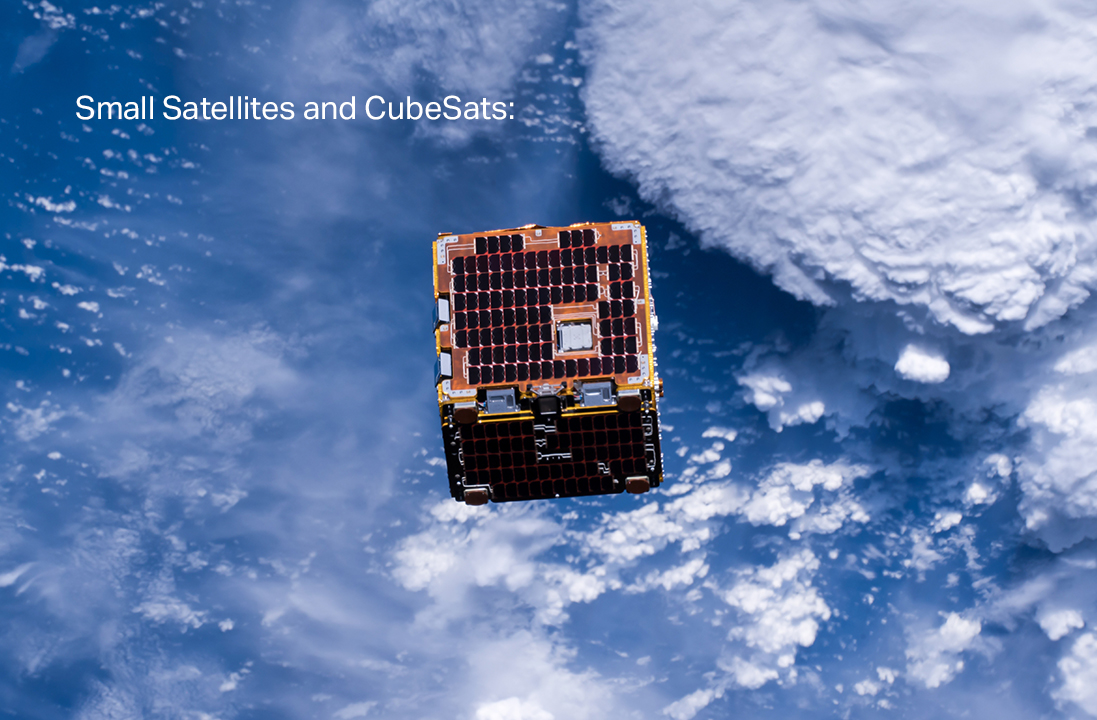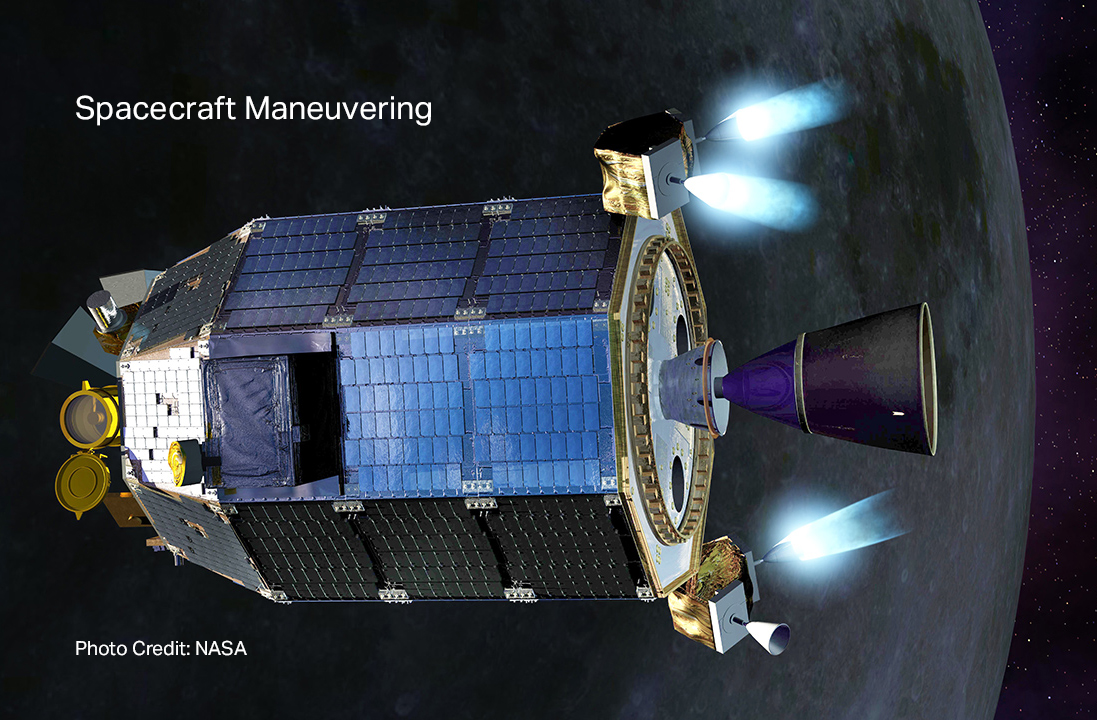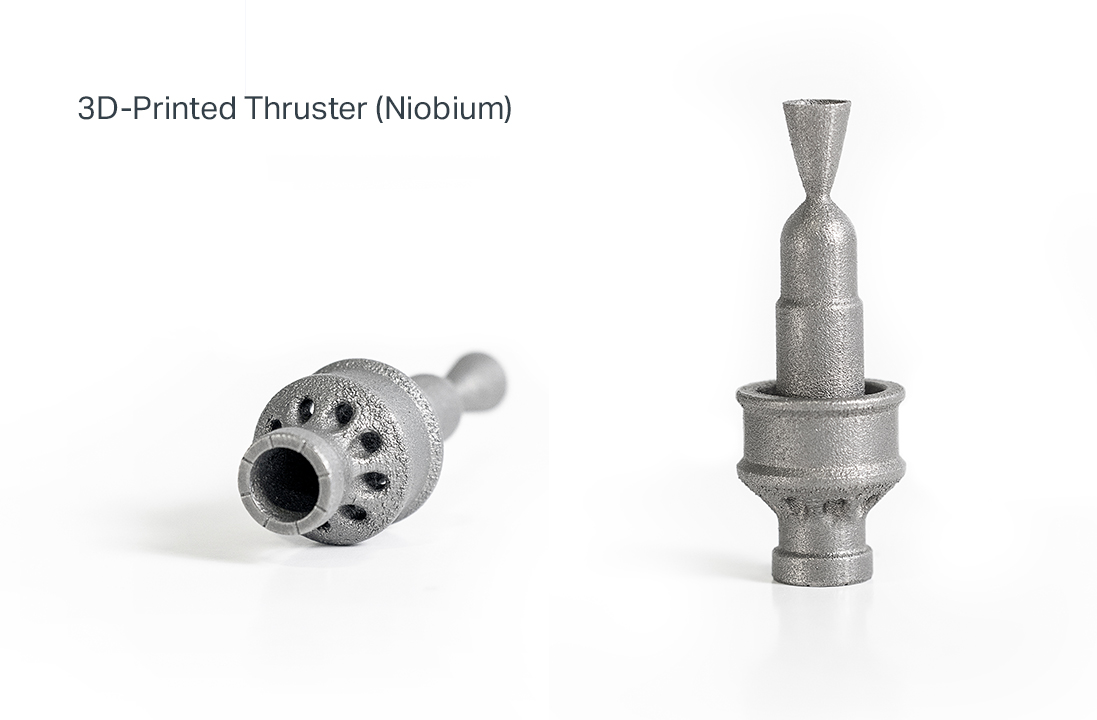ADDMAN designs and produces Thrusters, Nozzles, & Injectors for many applications ranging from low cost to high performance. We deliver critical components for optimal flow, temperature control, and thrust efficiency.
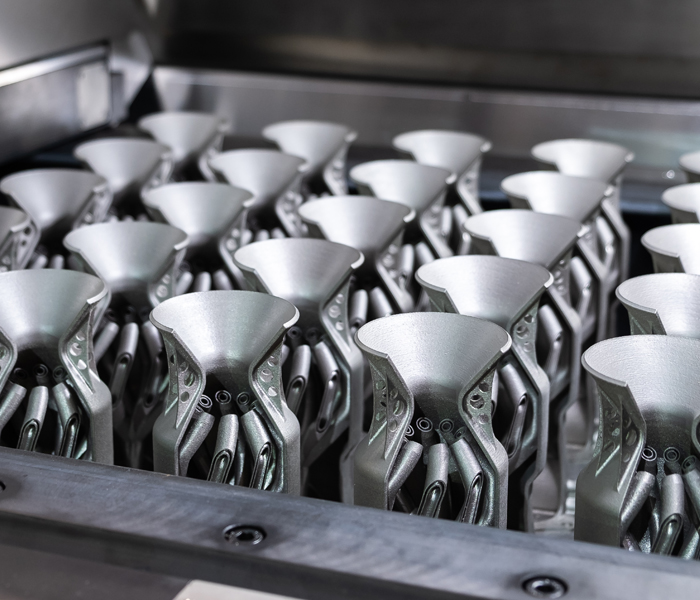
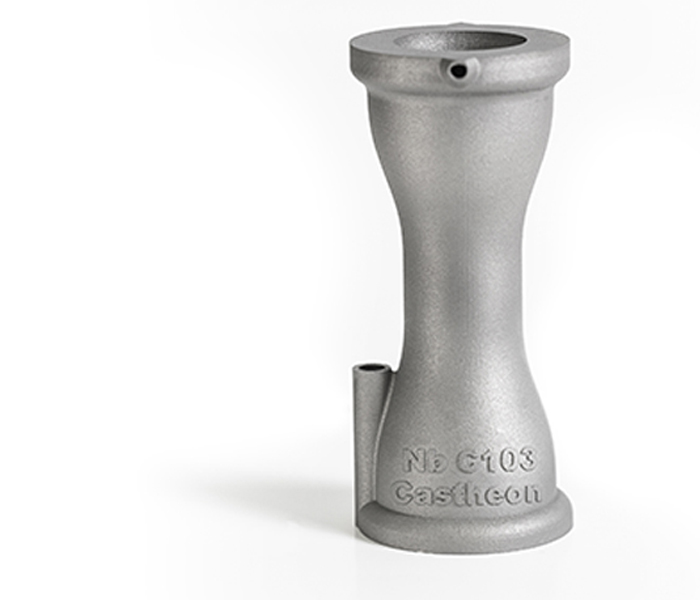
Design Freedom:
3D printing, also known as additive manufacturing, allows for unprecedented design freedom. Unlike traditional manufacturing processes that may impose design constraints, 3D printing enables the creation of intricate and complex geometries. This flexibility empowers engineers to optimize thruster designs for superior performance, efficiency, and weight reduction.
Lightweight and Optimized Structures:
3D printed thrusters can achieve high strength-to-weight ratios. By eliminating excess material and tailoring the design for specific mission requirements, 3D printing enables the creation of lightweight structures without compromising performance or reliability. This weight reduction is particularly critical in space missions, where launch costs are directly influenced by the mass of the payload.
Material Selection and Customization:
Additive manufacturing provides a wide range of material options, including various metals and composites suitable for the demanding conditions of aerospace and space environments. Moreover, 3D printing allows for the integration of multiple materials in a single component, further expanding the possibilities for customization and functionality.
Rapid Prototyping and Iteration:
With 3D printing, the prototyping and iteration process becomes significantly faster and more cost-effective. Traditional manufacturing often involves time-consuming tooling and setup, which can cause delays in product development. 3D printing allows for quick production of prototypes, enabling iterative design improvements without the need for specialized tooling.
Cost-Effectiveness for Low-Volume Production:
Traditional manufacturing processes are often cost-effective for high-volume production. However, when producing a limited number of specialized thrusters or custom designs, 3D printing becomes more economical due to reduced tooling costs and faster production times.
Reduced Waste and Sustainability:
3D printing is an inherently more sustainable manufacturing method compared to subtractive processes. It generates less waste, as materials are added layer by layer only where needed. Additionally, the ability to reuse excess or recycled materials further reduces environmental impact.
